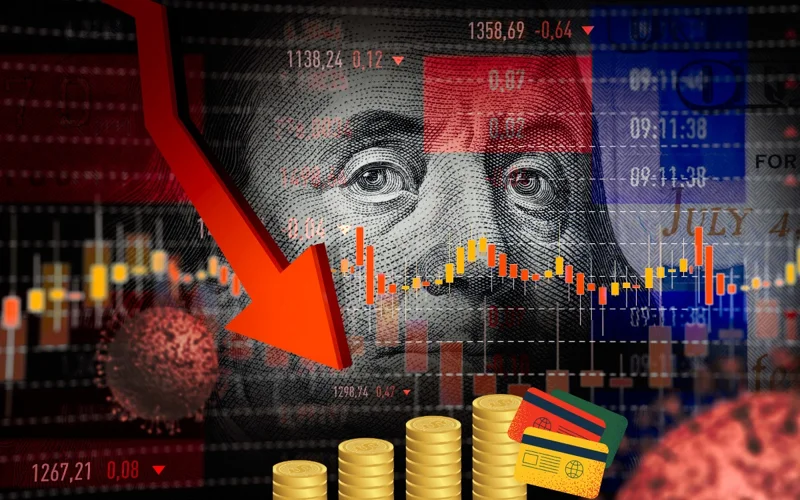
Introduction to Global Currency
The concept of global currency is increasingly critical in our interconnected world. As international trade expands, nations increasingly rely on common currencies for transactions, making it vital to understand how global currency systems operate. A global currency can provide stability and efficiency, but it can also lead to challenges such as economic disparity and dependence on dominant currencies.
The Rise of Global Currencies
Currently, the US dollar remains the predominant global currency, accounting for approximately 60% of global reserves and nearly 90% of all foreign exchange trades. However, as nations like China seek to expand the influence of the yuan, the landscape of global currency may be on the cusp of a significant shift. In September 2023, the Bank of International Settlements reported a notable increase in the yuan’s usage in international transactions, signalling a potential challenge to the dollar’s long-standing supremacy.
Implications for International Trade
The strength of global currencies affects international trade, foreign investments, and overall economic stability. Countries with stronger currencies can reap benefits in import costs, making goods cheaper, while those with weaker currencies may face challenges as their imports become more expensive. This dynamic directly impacts inflation rates and purchasing power.
In addition to these direct economic impacts, fluctuations in global currency value can create uncertainty for businesses engaged in cross-border transactions. Predictions from financial analysts indicate that a shift towards a more multipolar currency system, where currencies like the euro and yuan gain traction, could further impact global trade dynamics.
The Future of Global Currency Systems
As technology advances, the rise of cryptocurrencies and digital currencies issued by central banks has the potential to reshape the concept of global currency. Bitcoin and other decentralized cryptocurrencies have already begun to challenge traditional frameworks by offering an alternative. Furthermore, several countries are researching or piloting central bank digital currencies (CBDCs), which could provide a state-backed alternative to current systems.
Ultimately, the evolution of global currency systems will be crucial for economic policies worldwide. As nations navigate the implications of both traditional and emerging currencies, it is essential for policymakers to consider how these shifts may impact economic growth, inequality, and the stability of the financial system.
Conclusion
The landscape of global currency is shifting rapidly, driven by economic aspirations, technological advancements, and geopolitical power balance. Understanding these changes is vital for businesses, investors, and consumers alike. As the world moves towards a more interconnected economic platform, being equipped with knowledge about global currency will be increasingly significant in navigating future financial landscapes.
You may also like

Current Status of the Bank of England Base Rate

The Importance of Money Transfer Services in Today’s World
